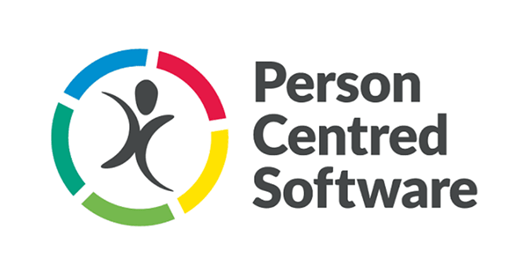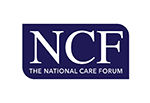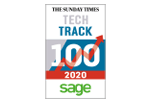If you’re thinking about how you can afford the upcoming National Insurance increases, making use of digital tools can be a way to save money in the long term

In April 2025, the rate of National Insurance contributions for employers will rise from 13.8% to 15% - this increase means that employers will have to pay more contributions, and it has sparked widespread concern in the care industry over long-term affordability.
Given the care industry’s well documented issues with budget constraints, a lack of funding or a more formalised framework of governance and support, the news of upcoming National Insurance contribution rises means that more and more care homes will have to find extra money from ever shrinking budgets.
In some instances, care settings are struggling with retention and recruitment as it is, given that they can’t afford to pay the kind of competitive wages that will keep people in such a demanding and difficult job. And concern abounds that the raise in National Insurance contributions will only make this worse.

Recruitment and retention issues mean a greater burden is placed on the staff within the sector
This concern is magnified by the forecast, discussed in Caring Times, that the National Insurance rises could impact hiring decisions and suppress wage growth.
Lizzie Wills, senior partner and head of private equity at GK Strategy, spoke to Caring Times recently and said: “It will have quite a significant impact on businesses with a large wage bill, and it might mean the end of a few businesses already struggling with inflationary pressures and rising wages. From the businesses I’ve spoken with it’ll certainly impact hiring decisions, and the extent to which they’re able to invest in expanding capacity.”
Ali Al-Mufti, the founder of Arcadia Care Homes, also spoke to Caring Times and estimated that the raise will cost one care home group around £30,000 a year – the equivalent of a new full-time employee. He said: “Our contribution of NI on both salary and pension goes up from 13.8% to 15%, but the bigger issue is lowering the threshold from £9,100 per year to £5,000 per year.
“I do think it will suppress wage growth. If you take the tax hike coupled with expected low fee increases from cash strapped councils, it’s creating a perfect storm. Though the real living wage increase was modest at 5%, every provider will now be forced to re-think what they can provide next year.”
As the date of the National Insurance rise gets closer, it’s understandable that care operators will be anxious about how they are going to afford it. There are, however, numerous benefits to investing in digital technology to help alleviate these costs over the long term.
Investing in digital tools like those available with Person Centred Software’s Connected Care Platform means that all avenues of inefficiency and waste can be minimised, while certain areas that have usually been where budgets are spent can be improved. You may think that investing in technology in a time of strained budgets and looming National Insurance increases might be counterproductive – but the money that those technologies can save you in the long run will be more than worth it.

How can the Connected Care Platform help you save money?
With the goal of improving the lives of people who live and work in care, many of the areas of the Connected Care Platform have also been designed with the thought of financial efficiency as a central goal. For example:
With the Digital Care Planning System, there can be a great deal of time saved through increased efficiency and streamlined documentation of care records.

It means that the staff that are working with residents and recording through the digital care planning system are able to maximise their time to a far greater extent – this will improve performance and reputation, which could lead to the ability to set higher fees but also it will make the best use out of the staff that you do have available.
Staffing levels can sometimes be an issue for care homes because they can find themselves either with too few staff to provide adequate care or too many staff (in terms of short-term agency staff) because of a miscalculation on the number of staff needed. The latter especially can lead to unnecessary wasted budget, so the Staffing and Dependency Tool can help you to maximise your staffing resources to ensure that you are making the most out of what you have available in terms of staffing levels. And because it calculates the need of residents, it can help you set and justify higher fees as necessary.

There can also be a lot of waste in medication management if there is an inefficient and error-prone paper MAR chart system in place. Miscommunications that are common with part MAR charts means that there can be issues with stock control and ordering that lead to wasted quantities of medication. But with our eMAR system, you can streamline the process of stock control to ensure you always have what you need but will mean you don’t overorder and waste money.

Also, if you’re thinking about how you can improve retention rates in your care home ahead of the increase in National Insurance contributions, then investing in staff training with our Learning and Development solutions means that you will be investing in your current staffing levels and giving them the chance up upskill themselves, gaining more knowledge and experience and ensuring progression in the care home.

The benefits of this mean that you have more opportunities to promote from within, which saves money in the long run, but also you ensure people are given the chance to find more satisfaction in their positions, if they know that progression is available to them.
Person Centred Software’s suite of solutions means that whatever point you are at in your digital journey, we are always at your side and there to help you navigate the current issues facing the care industry.
To find out more about how our solutions can help you do that, just click here to book a consultation.





.jpg)

.webp?width=80&height=80&name=HTD%20Awards%202023%20Badge%20(4).webp)














